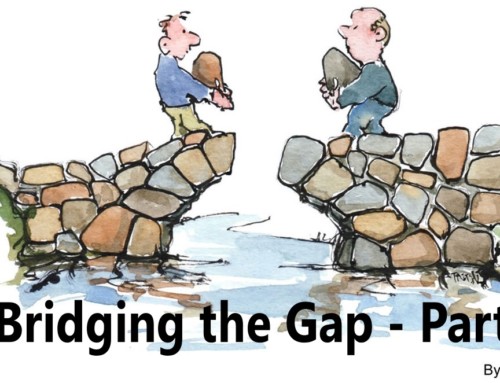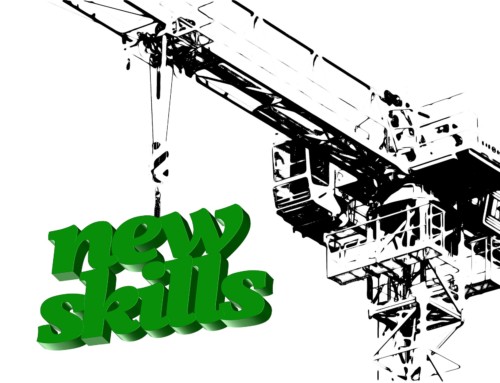I remember hearing a colleague talk about the last performance appraisal she received when working for a large bank. She had made a contribution that year and she felt on top of her game.
The colleague recollected how the appraisal began. Just as she had suspected, her leader acknowledged her accomplishments, praised her talents and recognized her contribution as substantial. She glowed as she recalled what a great feeling it was to be recognized.
As she told the rest of the story, the glow diminished. Like every preceding year, the appraisal discussion eventually turned to her weakness – form completion. She was a gifted facilitator, who struggled with the paperwork that justified her work. Unfortunately, her impactful contribution was overshadowed by her inability to complete follow-up reports to her leader’s satisfaction.
She recounted how she held her breath through the entire “fixing me” session. The memory was fresh; she swallowed, buried her frustration, signed the form and walked away demoralized.
Later she crossed paths with her leader in the parking lot on her way to the car. Her leader asked her how she felt about her appraisal, obviously expecting a gush of gratitude. What she witnessed instead was a complete meltdown.
As my colleague recounted the incident it again brought emotions to the surface. “Why couldn’t she get it? It’s not who I am. I was not going to meet her expectations in this area no matter how many years in a row we discussed it.”
Leaders focus a lot of energy on fixing their employee’s short-comings. The problem is that fixing weaknesses does not lead to excellence, even though Gallup statistics reveal that 51% of working Americans believe that it does. The truth is that capitalizing on strengths leads to excellence.
A significant opportunity exists for leaders to expand the amount of time employees spend playing to their strengths. The science of Positive Psychology has revealed strengths use as a pathway to human flourishing. We are so much more effective and efficient when we are functioning in an area of strength. The right mix of strengths use and challenge puts us into flow. Yet, Gallup tells us that employees feel they spend 12% of their time playing to their strengths. This correlates to pure untapped potential.
Every leader has the opportunity to spend less time on employee weaknesses and more time developing employee’s strengths. By maximizing employee potential, an organization maximizes its potential.






Leave A Comment
You must be logged in to post a comment.